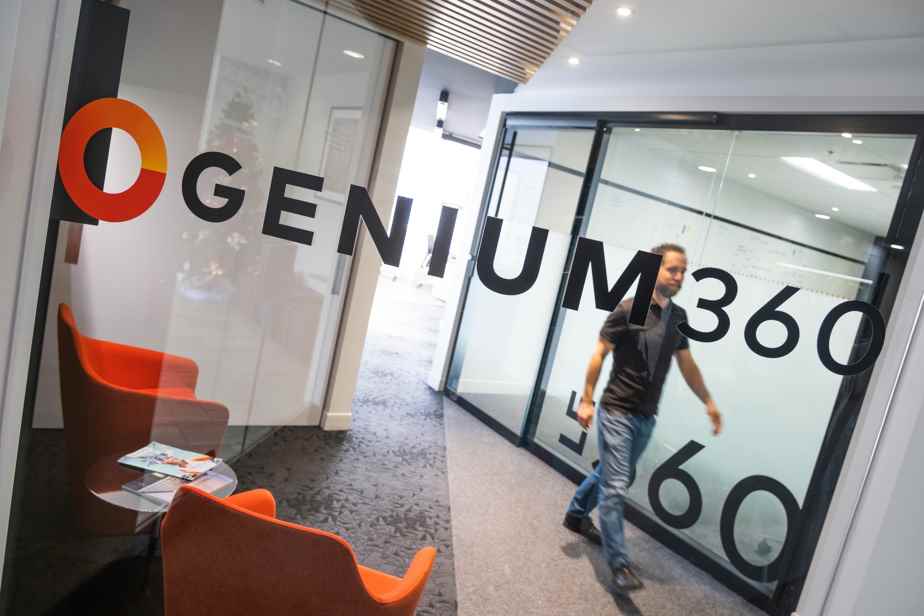The 30e annual survey of engineering compensation in Quebec, published by Genium360, reports a still persistent gap between the salaries of women and those of their male counterparts. The survey also looked at inflation, working conditions and young people. Overview.
Men and women: a gap still present
For a long time an almost exclusively male environment, the engineering profession today has 15% women and 85% men. The situation is slowly changing, so much so that the Ordre des ingénieurs du Québec (OIQ) aims to increase the number of women in the profession to 30% by 2030. As for salaries, the Genium360 survey reveals that there is still a salary gap of 11% between the two sexes, a reduction compared to 2021 when the gap was 13%. According to Michel Barbier, General Manager of Genium360, these figures will continue to decrease as women gain access to management positions and when they acquire more seniority. However, he admits that there is still a long way to go for the industry to achieve pay equity.
Inflation: no worries in sight
Michel Barbier explains that the shortage of engineers puts the profession in an enviable position. This, combined with the sharp increase in wages between 2007 and 2021, means that the impact of inflation is lessened. “There may be a gap, but in the long run there is going to be a rebalancing. Catching up will happen naturally. We must not forget that the current situation is linked to a global economic situation, but the demand for engineers is indeed present and this has an impact on remuneration. »

PHOTO CHARLES WILLIAM PELLETIER, SPECIAL COLLABORATION
Michel Barbier, CEO of Genium360
A little extra that makes all the difference
The average salary for engineers is $116,237 and the median is $110,000. An enviable remuneration, but which is not always sufficient to stand out and recruit staff. “Employees want above all a balanced life, appreciation, support, good supervision. Aspects that are no different from other professions,” notes Michel Barbier. The pandemic has obviously brought teleworking to the fore, which was previously taboo in some sectors. Moreover, according to the survey, 84% of companies have implemented it permanently. Among the other retention measures put in place: flexible working hours (82%) and family-work balance measures (73%). The introduction of 32-hour workweeks over 4 days is also a favorable element for 49% of managers.
Few differences between private and public
Survey data indicates that 81% of responding engineers work in the private sector, compared to 19% in the public sector. While the average salaries in the private and public sectors are relatively close ($117,196 and $112,230 respectively), the salary cap remains considerably higher in the private sector, reaching $159,307, compared to $129,689 in the public sector. We must pay attention to these figures, according to Michel Barbier. “You shouldn’t underestimate all the other components that make up the overall compensation package. We must take into account the number of hours worked, the pension plan, holidays, etc. »
What choice for succession?
The average base salary for graduates in 2022 was $67,949. For 74% of them, it was easy to find a job corresponding to their expectations at the end of their studies. The highest-paying sectors are mining ($155,074), materials and metallurgy ($132,417), and geology ($122,884). “In these sectors, students are approached from their second year of study,” points out Michel Barbier. As for the nature of the degree, it is more financially advantageous to complete an MBA, which allows for an average income of $141,842, compared to $138,225 for a doctorate.
